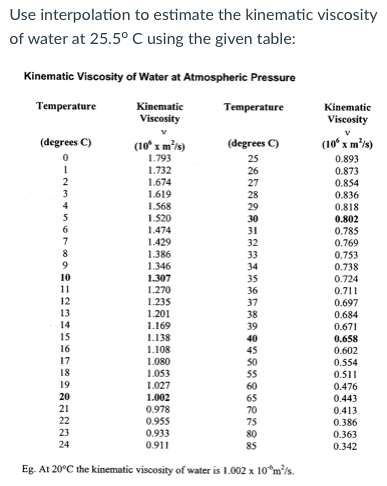
So far, the viscosity of fluids in nanoconfinement on a scale comparable to the molecular diameter is seldom explored owing to the extremely small scale on which the transport properties are difficult to be captured by experiments and the intrinsic limitations of the existing computational methods in the MD simulations. The previous results have identified that the water viscosity relies on the temperature and the characteristic length of the nanochannel. In classical continuum theory, the viscosity is an essential transport property and thereby has been extensively measured and computed. Hence, many researches focused on the unique feature of the confined fluid and its relationship with the continuum fluid. The previous studies have revealed that the flow behavior of water at the nanoscale strongly depends on the characteristic length of nanochannel, which implies that the classical continuum theory for the macroscopic fluid may be no longer applicable for the fluid confined in nanochannels. It is a significant topic for studying and designing the nanodevices such as the nanochannel for drug delivery and the membrane for water desalination. Water conduction through single-walled carbon nanotubes (SWCNTs) has been paid much attention in recent years. The present results should be instructive for understanding the coupling effect of the size and the temperature at the nanoscale. The results of the relative amount of the hydrogen bonds exhibit similar profiles with the curves of the relative viscosity. To demonstrate the rationality of the calculated relative viscosity, the relative amount of the hydrogen bonds of water confined in SWCNTs is also computed. Based on the computational results, a fitting formula is proposed to calculate the size- and temperature- dependent water viscosity, which is useful for the computation on the nanoflow.

The results suggest that the relative viscosity of the confined water increases with increasing diameter and temperature, whereas the size-dependent trend of the relative viscosity is almost independent of the temperature. Blood viscosity is a major issue: blood that is too viscous can form dangerous internal clots, while blood that is too thin will not clot this can lead to dangerous blood loss and even death.The influences of the diameter (size) of single-walled carbon nanotubes (SWCNTs) and the temperature on the viscosity of water confined in SWCNTs are investigated by an "Eyring-MD" (molecular dynamics) method. Viscosity can be of critical importance in medicine as fluids are introduced into the body intravenously. Lubricants that are too thin provide too little protection for moving parts.

Lubricants that are too viscous can jam and clog pipelines. Manufacturing equipment requires appropriate lubrication to run smoothly. Some viscous fluids add texture to foods honey, for example, is quite viscous and can change the "mouth feel" of a dish. A thick potato and leek soup, for example, when it is less viscous, becomes French vichyssoise. Different cuisines also rely on the viscosity of sauces, soups, and stews. Fats, which are moderately viscous when heated, become solid when chilled. Cooking oils may or may not change viscosity as they heat, while many become much more viscous as they cool. Viscosity plays a significant role in the preparation and serving of food. Some oils have a more stable viscosity, while others react to heat or cold if your oil's viscosity index is low, it may become thinner as it heats, which can cause problems as you operate your car on a hot summer's day. In addition, viscosity also affects the rate of oil consumption and the ease with which your vehicle will start in hot or cold conditions.

That's because viscosity affects friction, and friction, in turn, affects heat. When you put oil into your car or truck, you should be aware of its viscosity.


 0 kommentar(er)
0 kommentar(er)
